Free Courses Sale ends Soon, Get It Now


Free Courses Sale ends Soon, Get It Now


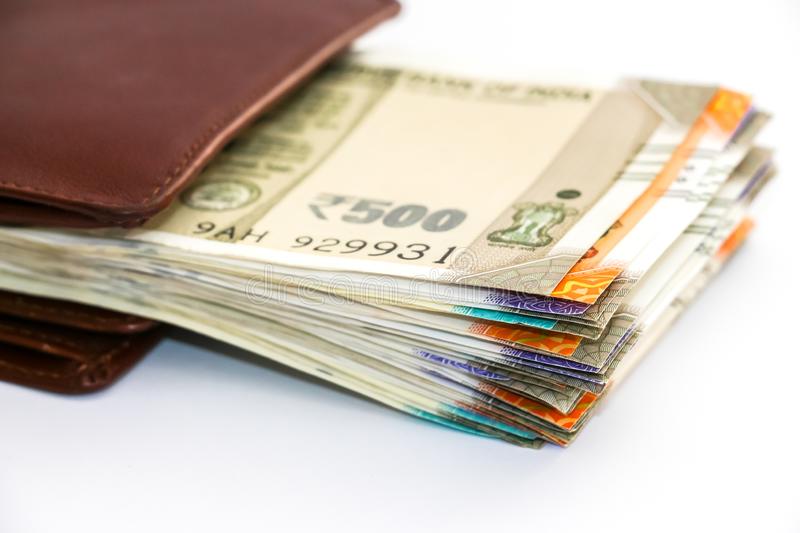
Disclaimer: Copyright infringement not intended.
Context
Currency in Circulation
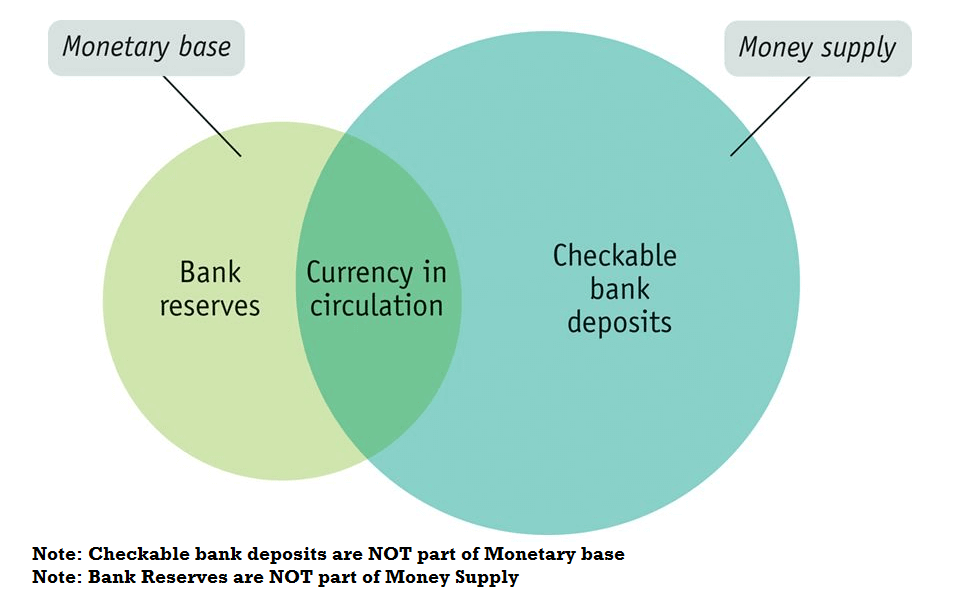
What causes this excess money in circulation?
What is wrong with too much of cash in circulation?
Money Supply
Monetary Aggregates
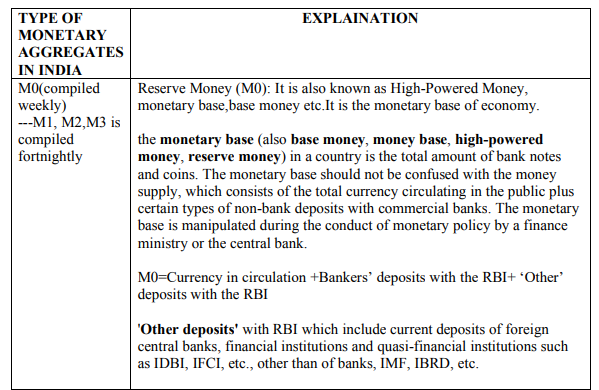
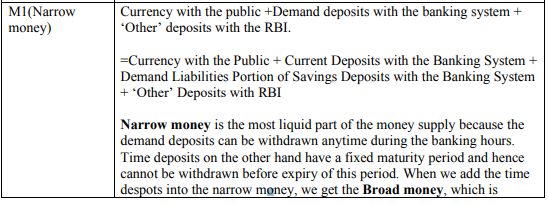
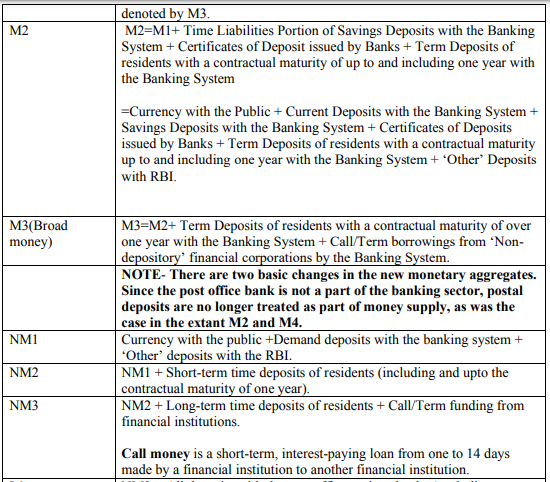
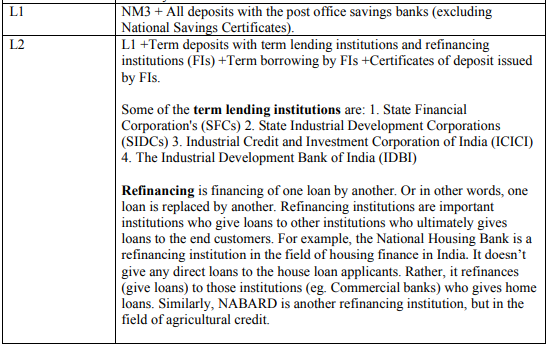
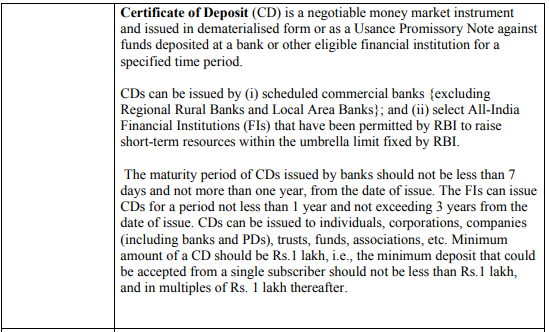
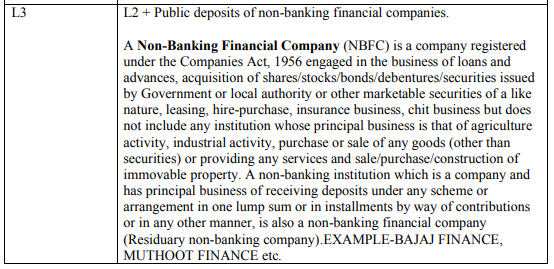
© 2024 iasgyan. All right reserved